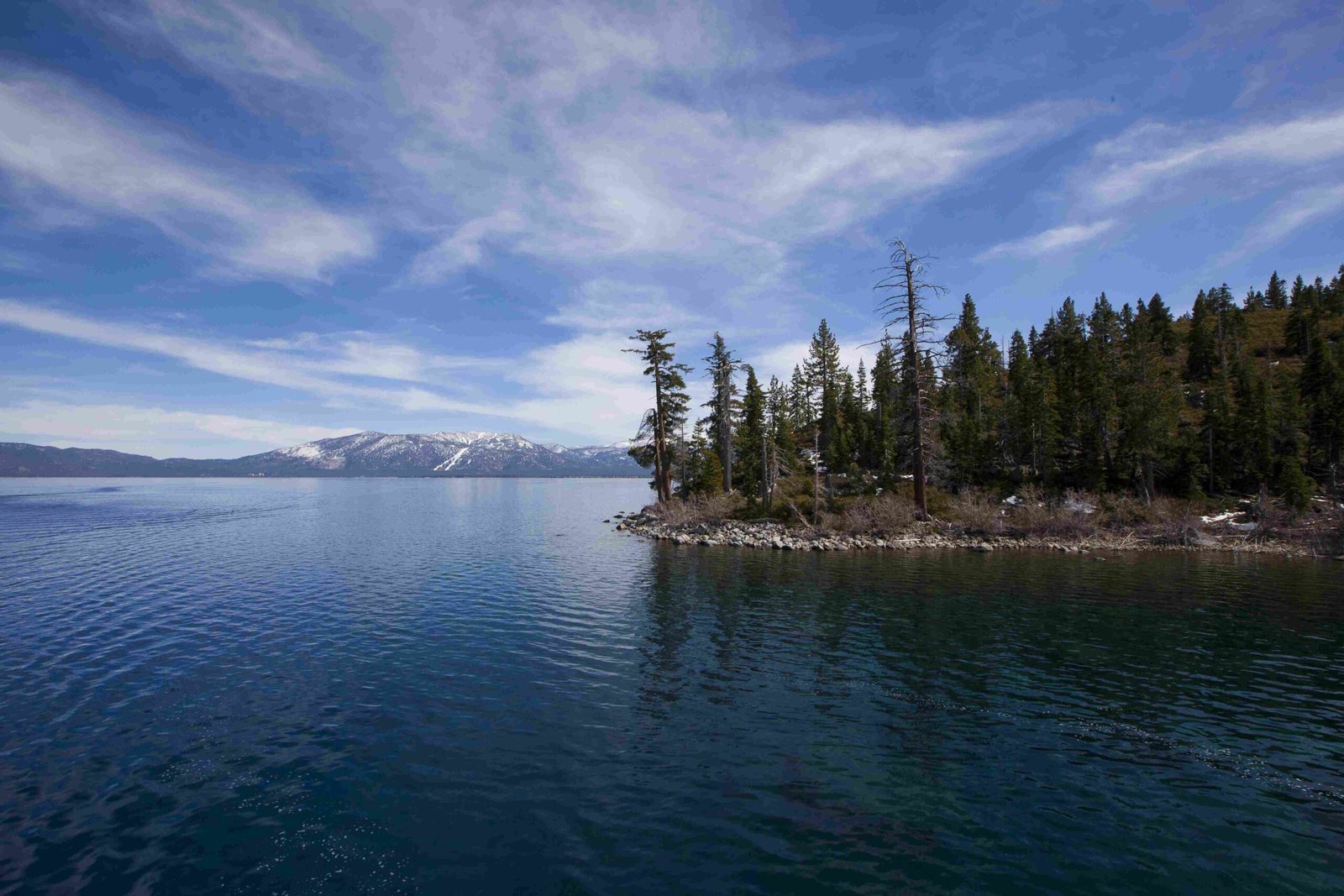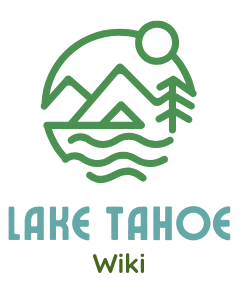Lake Tahoe’s water sources represent a complex hydrological system driven by snowmelt, mountain streams, and precipitation. The lake receives water from 63 distinct tributaries spanning approximately 192 square miles across California and Nevada, creating a dynamic ecosystem where natural watershed characteristics determine water volume, quality, and ecological balance.
What Are the Primary Tributaries of Lake Tahoe?

Lake Tahoe’s water sources are predominantly characterized by multiple mountain streams and snowmelt contributions. The primary tributaries include:
- Major Stream Inputs
- Blackwood Creek
- Ward Creek
- Trout Creek
- Eagle Creek
-
General Creek
-
Seasonal Discharge Characteristics
- Peak flow: Late spring and early summer
- Primary discharge period: February through June
- Maximum discharge: Typically May-June timeframe
How Does Snowmelt Contribute to Lake Tahoe’s Water?
Snowmelt represents a critical component of Lake Tahoe’s water sources. The hydrological cycle demonstrates remarkable complexity:
| Snowmelt Characteristic | Details |
|---|---|
| Precipitation Period | November – April |
| Average Annual Snowpack | 300-500 inches |
| Peak Runoff Months | May-June |
| Water Volume Contribution | 50-70% of total annual input |
What Ecological Factors Influence Water Sources?
The watershed surrounding Lake Tahoe plays a pivotal role in water source dynamics:
- Landscape Composition
- Forests: 60% of watershed area
- Wet meadows: 15% of watershed
- Riparian zones: 10% of watershed
-
Rock outcrops: 15% of watershed
-
Natural Filtration Mechanisms
- Mountain alder trees
- Complex root systems
- Natural soil composition
- Minimal fine sediment presence
How Do Human Interventions Impact Water Sources?

Human management significantly influences Lake Tahoe’s water sources:
- Tahoe Dam Regulation
- Controls lake outflow through Truckee River
- Manages water levels
-
Supports ecological balance
-
Conservation Efforts
- Watershed protection programs
- Monitoring tributary health
- Reducing sediment input
- Maintaining water quality standards
Visitor Exploration Opportunities
For those interested in understanding Lake Tahoe’s water sources:
- Visit Gatekeeper’s Museum State Park
- Explore hiking trails around tributaries
- Participate in guided watershed tours
- Attend educational programs about alpine hydrology
Scientific Significance
Lake Tahoe’s water sources represent a microcosm of alpine hydrological systems, offering researchers unprecedented insights into:
- Climate change impacts
- Ecosystem resilience
- Water resource management
- Geological interactions
Key Research Observations
– Snowmelt timing determines lake inflow mixing
– Stream temperatures correlate with discharge levels
– Watershed characteristics influence water quality
Conclusion
Lake Tahoe’s water sources demonstrate a delicate, interconnected system where natural processes and human management converge to sustain one of North America’s most pristine alpine lakes.
References:
– Roberts et al. Water Resources Research
– USDA Forest Service Watershed Study
– Tahoe Regional Water Management Report

